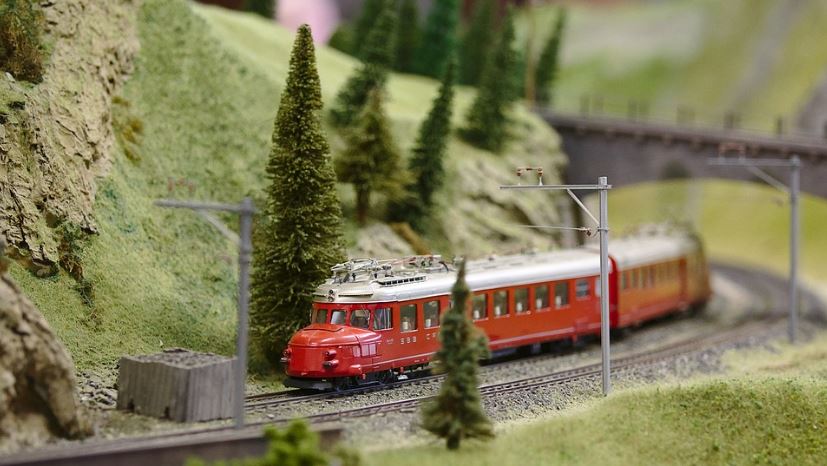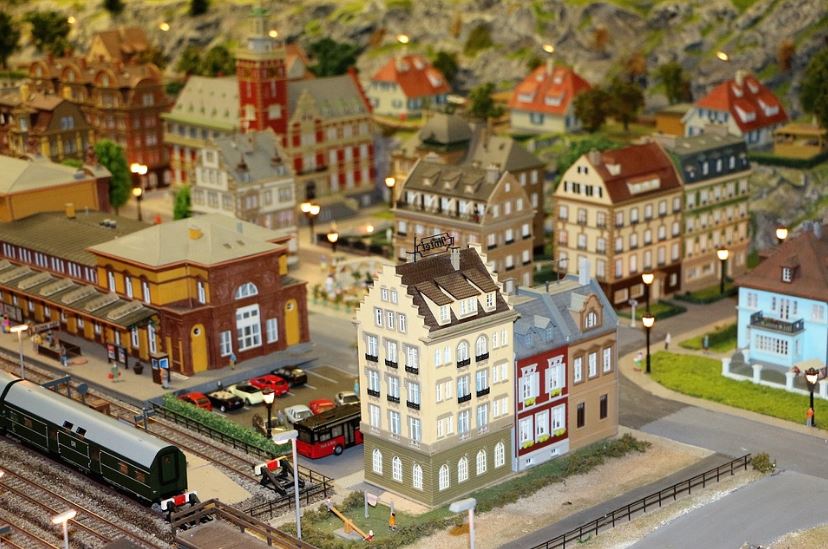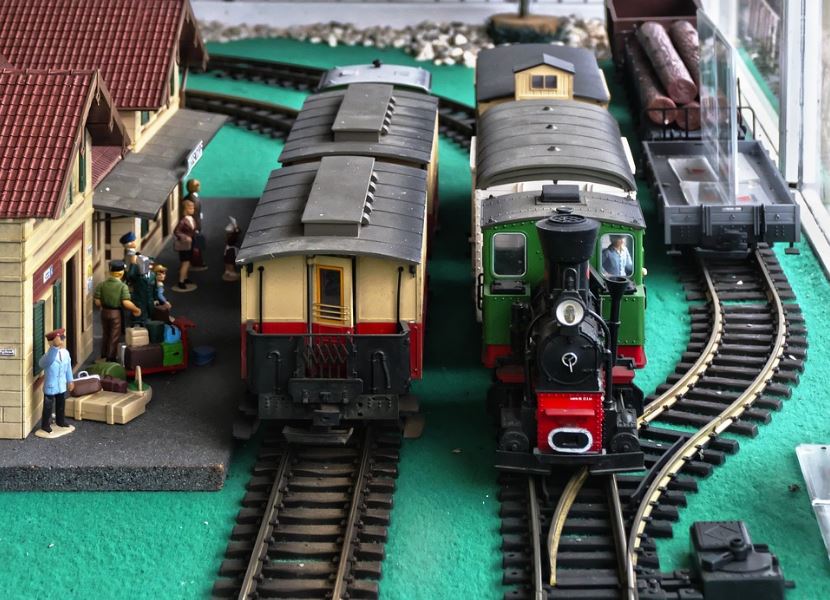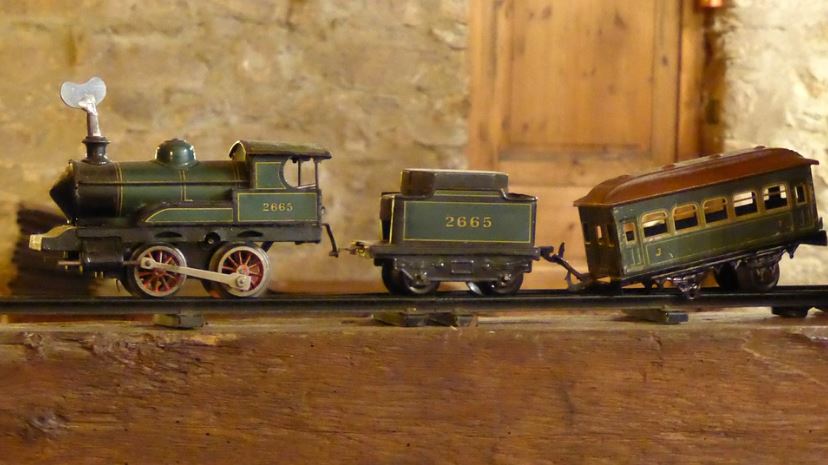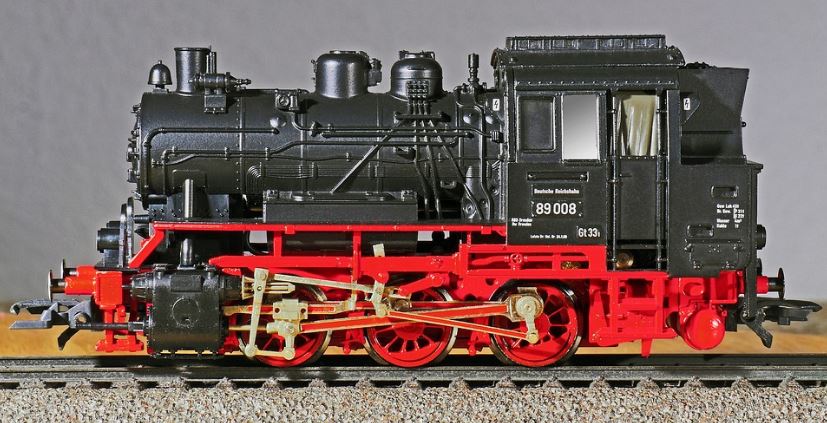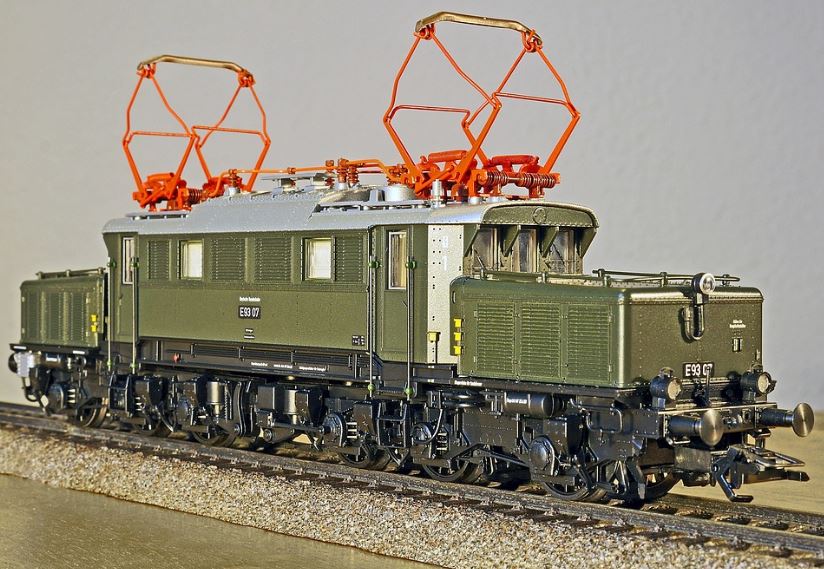Model train sets are some of the most beautiful and amazing display pieces that you can put in any room of your home. These model train sets are quite fascinating to look at, especially if the miniature trains are moving on their own. Because of how beautiful they are, even pet cats can’t resist to stare and play with the model train sets every once in a while. However, if you don’t take care of a model train set properly, then you will be left with a set that is dirty and unpleasant to look at.
Model trains are an investment and require proper care in order to maintain their value and functionality over time. In order to keep your model train and tracks in top shape, here are some tips for taking care of model trains.
Cleaning the Model Train
Brushing the dust off your train set is one of the simplest yet most effective ways to care for any model train. A soft-bristled brush is preferred when cleaning a train set, since it gets rid of the debris from the surface without damaging the train and its parts.
When cleaning the train, make sure to brush in the direction of the tracks to prevent disruption to the train’s movement.
Also, it is important to use a brush that is specifically designed for model trains, as other brushes may be too harsh and cause damage.
When it comes to cleaning model trains, using the right materials and techniques is key to preserving their quality and appearance. One tip to keep in mind is to always wipe down the train with a microfiber cloth. This type of cloth is gentle and effective at removing dust and other debris without scratching or damaging the delicate finish of the train.
Before wiping, make sure to carefully inspect the train for any loose or fragile parts that may need extra care. As much as possible, avoid using harsh chemicals or abrasive tools, as they can cause permanent damage to the train.
Using compressed air can be a game-changer when cleaning model trains. This technique is especially useful for cleaning parts that are difficult to access with traditional cleaning methods. Compressed air can remove dust, dirt, and other debris that can accumulate in small crevices and corners.
However, it’s essential to use compressed air with caution and follow proper safety measures to avoid damaging delicate parts or injuring oneself. It’s also important to use a clean, dry, and oil-free air source to prevent contamination of the model train. Overall, utilizing compressed air can make cleaning model trains a more efficient and effective process.
Taking extra caution to preserve the details and functionality of the train site is of utmost importance when cleaning model trains. Don’t let water hit electrical parts to avoid incidents of short circuit or worse, electrocution.
One cleaning tip to keep in mind is to avoid using water or any other liquids on the train or track. This can damage the delicate electrical components and cause rust or corrosion to the metal parts.
Instead, it is recommended to use a soft, dry cloth to gently wipe down the surfaces of the train and track. Check out our Beginner’s Complete Guide to Model Trains for more information on properly cleaning a model train set.
Storing the Model Train
It is important to consider the environment in which it will be kept to ensure the longevity and preservation of a model train. The ideal storage location should be dry, cool, and free from dust or debris that can accumulate and cause damage. Moisture can cause rust and corrosion on metal components, while high temperatures can warp or melt plastic parts. Dust can accumulate and clog moving parts, causing malfunctions or damage to delicate mechanisms.
Exposure to heat and sunlight can cause damage to the plastic components of your train, warping or melting the plastic pieces and causing a significant decrease in the value of your model. To avoid this, it is recommended that you store your train set in a climate-controlled environment, such as a cool, dry room or storage area, that is free from direct sunlight and heat sources.
While train sets can be stored in see-through cabinets like those with glass panes so that they can be put on display, be mindful not to situate them in direct sources of heat or sunlight.
Investing in high quality storage containers not only helps protect your model train from dust and moisture, but also from shock and other potential hazards that may lead to damage. When choosing a storage container, look for the right size that can accommodate your train and track.
Another aspect to consider is avoiding stacking containers or placing heavy objects on top of them. This is because the weight of other items can cause damage to your model train, such as warping or bending of the track or even cracking of the train itself. It is important to keep your model train in a safe and secure location where it will not be disturbed or damaged.
If you plan on displaying your model train, it’s crucial to store it in an area of the room that is far away from direct sunlight. UV rays can cause the colors on your train to fade and warp over time, significantly reducing the overall quality of your set.
Maintaining the Model Train
It is a must to maintain your model train to ensure its longevity and optimal performance. Regular inspection of the train and track is vital to detect any signs of wear and tear. It is recommended to inspect the train and track before and after every use to minimize the risk of malfunction or damage.
During inspection, look for loose or damaged parts, worn-out wheels, and tracks that are out of alignment.
Address any issues immediately to prevent further damage and costly repairs. Regular maintenance will not only prolong your model train’s lifespan but also enhance its overall performance and functionality.
Parts replacement not only ensures the safety of your train, but it also improves its overall performance and longevity. Regular inspection of your train’s components, such as the wheels, axles, and couplers, should be done to identify any areas of concern.
Once you find signs of wear or damage, it is recommended to replace these parts immediately to avoid further issues. It is also important to use high-quality replacement parts to ensure that your train operates at peak efficiency.
One essential task when maintaining model trains is to lubricate the train wheels and gears periodically. This ensures that the train runs smoothly and minimizes wear and tear on the moving parts. It is important to use the correct lubricant for the type of train being used and to apply it sparingly, as excess lubricant can attract dust and debris, leading to further maintenance issues.
Regular lubrication should be incorporated into a routine maintenance schedule, and any signs of wear or damage to the wheels or gears should be addressed promptly to prevent further damage.
A major aspect in maintaining your train is to regularly test its electrical connections and replace any faulty components. This not only ensures that your train runs smoothly but also minimizes the risk of damage to the train’s internal systems.
Inspect all electrical connections on your train, including the track and power supply. Look for signs of wear or damage and apply the necessary repairs right away.
Testing and replacing faulty electrical components will keep your model train running smoothly for years to come.
Since model trains run via electricity, there is a chance that you can get electrocuted when doing repairs and maintenance procedures. Hence, before doing any cleaning or parts replacement, unplug the train set first.
Doing this will prevent any potential electrical hazards and ensure that you can work on the train safely. Be sure to follow the manufacturer’s instructions for maintenance and to keep the train set clean and free of dust and debris.
Conclusion
Taking care of model trains requires diligence, patience, and attention to detail. With the proper maintenance, cleaning, and storage techniques, your model trains can remain in excellent condition in the coming years.
